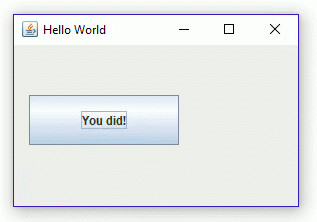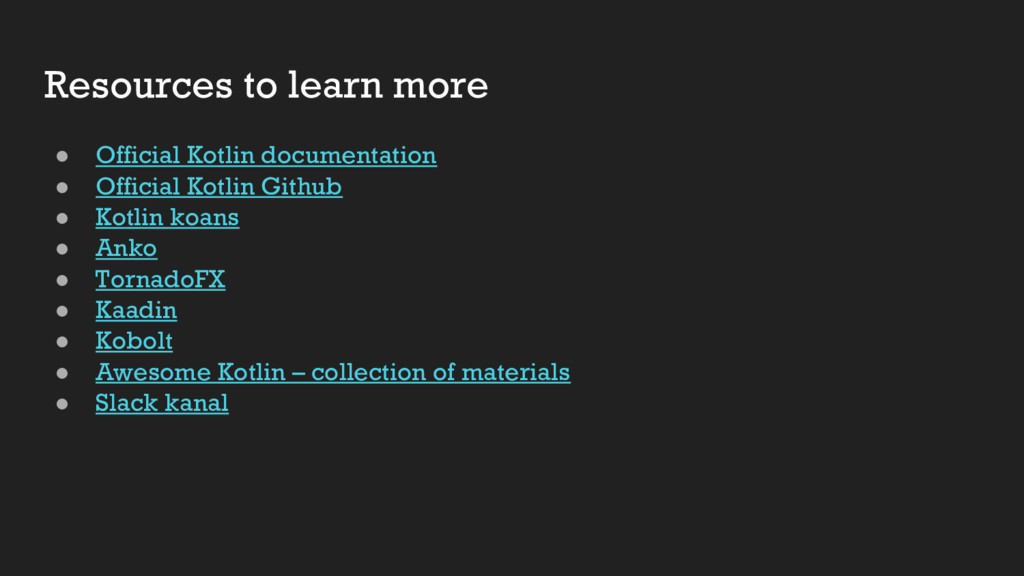

The benefit of this sample is two-fold: the business logic is quite limited, while the GUI has enough behavior to be of interest. if the renaming changes the name, paint the cell’s background in yellow. In the table, if the candidate name is different from the current name i.e.When the File Browser popup opens, it’s initialized with the Folder field value.

When the user chooses a folder, replace the Folder field value with the folder’s path. User interactions with the application are as follows: Eventįill the Folder field value with the path to the current user’s home. In short, it allows to select a folder and to run a batch rename command on its child files with the help of a regular expression. In the past, when I tried Griffon, I used a file renamer sample. But it’s complex and requires a non-trivial amount of work.

Years ago, I developed a custom dice-rolling application for the Champions role-playing game. The Web offers a lot of application ideas: We need a simple application to develop for comparison purposes. Will use the Kotlin language because some of the frameworks require Kotlin. Thus, we will develop the same application using different frameworks. To compare between them, a baseline is in order. This post and the following will each focus on a single JVM framework. In the first post of this series, we went through the rise and fall of some of the desktop frameworks, mainly Java ones.


 0 kommentar(er)
0 kommentar(er)
